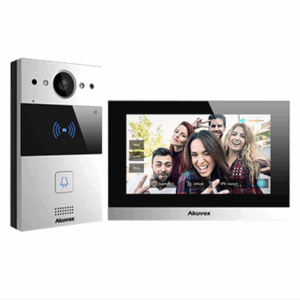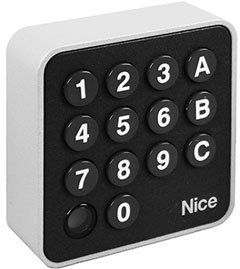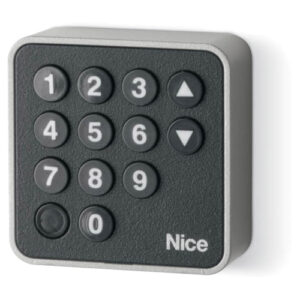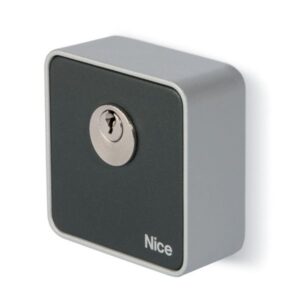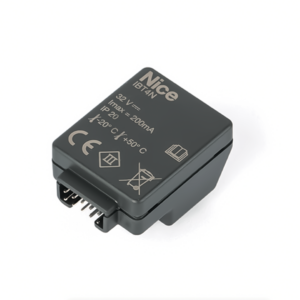In today’s digital age, technological advancements continue to revolutionize every aspect of our lives, transforming the way we interact with our surroundings. One such innovation that has significantly reshaped home security and convenience is the advent of smart locks. These intelligent devices have replaced traditional key-and-lock systems with sophisticated, keyless access solutions that offer enhanced security, convenience, and control. In this comprehensive exploration, we delve into the inner workings of smart locks, unraveling the complexities behind their operation and understanding the myriad benefits they bring to modern living.
Read more: Home Automation Systems: Enhancing Comfort, Convenience
Table of Contents
ToggleEvolution of Locks: From Mechanical to Smart
The evolution of locks dates back centuries, with early designs relying on mechanical mechanisms to secure doors. Traditional locks necessitated physical keys, making access control reliant on the possession and management of these keys. However, the advent of smart technology has introduced a paradigm shift, giving rise to keyless entry systems that leverage digital innovations to redefine security measures.
Understanding Smart Locks
Smart locks stand as a modern innovation in the realm of door security, presenting a keyless approach that allows users to manage access through smartphone apps or connected devices. Consisting of mechanical locks, interfaces, and digital keys, these locks merge convenience with safety. Most smart locks offer an array of benefits, including heightened security measures and the flexibility to control access via smartphones or other connected devices.
But how exactly do smart locks operate? They combine mechanical locks, digital keys, and interfaces to regulate access. Notably, smart locks provide security similar to traditional locks while eliminating the need for physical keys once they are installed.
However, potential concerns surrounding smart locks revolve around worries about vulnerability to hacking and potential breaches of the home’s Wi-Fi network, enabling unauthorized control of the lock. Nonetheless, many smart locks come equipped with security features to address and minimize such concerns, ensuring protection against unauthorized access.
What are Keyless Door Locks?
Keyless door locks are innovative security systems designed to grant access to a property without the need for a traditional physical key. Instead of using a key, these locks employ various alternative methods for entry, such as keypads, biometric scans (like fingerprints or retinal patterns), RFID (Radio Frequency Identification) cards or fobs, or smartphone applications.
However, to ensure the security of keyless door locks, users should take measures such as using secure passwords or codes, regularly updating the lock’s software, and maintaining a secure Wi-Fi connection for internet-connected locks. This helps prevent potential vulnerabilities and unauthorized access.
Overall, keyless door locks offer a modern, convenient, and secure way to control access to residential or commercial properties without the reliance on traditional keys.
Understanding the Technology Behind Smart Locks
Smart locks employ a combination of cutting-edge technologies to provide secure and convenient access to residential and commercial spaces. These devices integrate components such as:
- Wireless Connectivity: Most smart locks utilize wireless communication protocols like Bluetooth, Wi-Fi, or Z-Wave, enabling seamless connectivity with smartphones, key fobs, or other authorized devices. This connectivity empowers users to control the lock remotely, offering flexibility and convenience.
- Authentication Methods: Smart locks utilize various authentication methods, including PIN codes, biometric recognition (such as fingerprint or facial recognition), RFID cards, or even voice commands. These methods enhance security by replacing or supplementing traditional keys, minimizing the risk of unauthorized access.
- Mobile Applications: Dedicated mobile apps enable users to manage and monitor their smart locks remotely. Through these apps, users can lock or unlock doors, grant temporary access to guests, receive notifications of lock activities, and track usage history, providing unparalleled control and oversight.
- Integration with Smart Home Ecosystems: Smart locks often integrate with broader smart home ecosystems, enabling users to automate functions, integrate with voice assistants like Amazon Alexa or Google Assistant, and create customized routines that synchronize various smart devices for enhanced convenience and security.
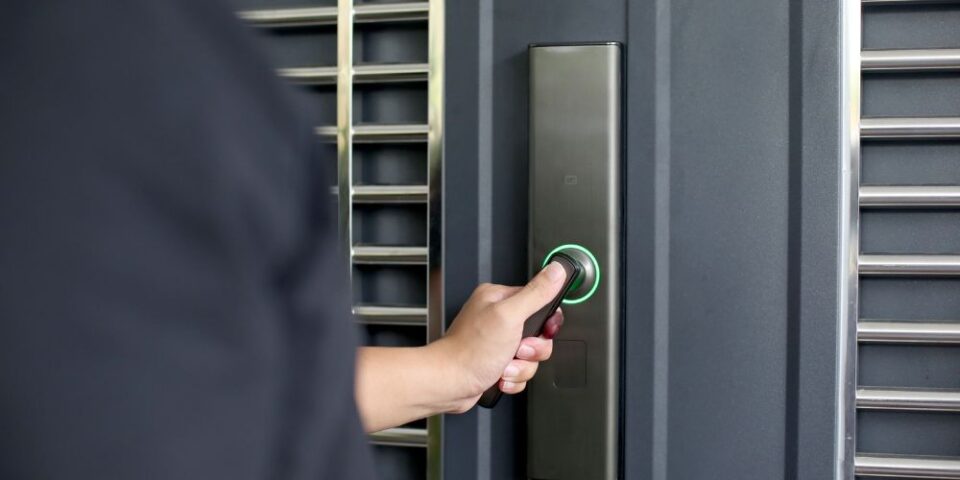
How Smart Locks Operate?
The operation of a smart lock involves a series of intricate processes that ensure both security and ease of use:
- Authentication: When a user attempts to gain access, they authenticate themselves through the chosen method, whether it’s entering a PIN code, using a fingerprint, or activating a mobile app.
- Communication: The authenticated data is transmitted to the smart lock via the chosen wireless protocol, instructing the lock to either grant or deny access.
- Lock Actuation: Upon successful authentication, the smart lock’s mechanism is activated, either locking or unlocking the door, depending on the user’s command.
- Encryption and Security: Smart locks employ robust encryption protocols to secure communication between the lock and authorized devices, safeguarding against potential hacking or unauthorized access attempts.
How Smart Locks Connect?
Smart locks utilize various connectivity options to enable remote access and control, enhancing convenience and security for users. These locks are typically equipped with technologies such as Wi-Fi, Bluetooth, and sometimes cellular (4G/5G) capabilities, enabling them to establish connections and interact with other devices or networks. Here’s an insight into how smart locks establish connections:
- Wi-Fi Connectivity: Many smart locks connect to a home’s Wi-Fi network. This allows them to communicate with a homeowner’s smartphone or other devices through the internet. Wi-Fi connectivity enables remote access, letting users lock or unlock their doors from anywhere with an internet connection.
- Bluetooth Technology: Smart locks often integrate Bluetooth connectivity, enabling communication with nearby authorized devices such as smartphones or tablets. Bluetooth connections are typically used for short-range communication, allowing users to unlock doors when in proximity to the lock, usually within a certain range.
- Cellular Connectivity: In some cases, smart locks may include cellular capabilities (4G/5G). This feature enables them to operate independently of a Wi-Fi network, ensuring connectivity even if the home’s internet connection is down. Cellular connectivity enables remote access and control similar to Wi-Fi but relies on cellular data signals for communication.
These connectivity options empower smart locks to send and receive commands for locking, unlocking, and monitoring door access. By utilizing these technologies, smart locks offer users the ability to grant temporary access to guests or service providers, receive real-time notifications about lock activity, and manage their home’s security remotely via dedicated mobile apps or other connected devices.
Ultimately, the integration of various connectivity options in smart locks ensures flexibility, convenience, and enhanced security, allowing users to control access to their homes efficiently, whether they are inside or away from their residences.
Enhanced Features of Smart Locks
Beyond delivering keyless entry and heightened security, smart locks boast advanced functionalities like remote door unlocking, temporary access codes, and activity monitoring, offering an amalgamation of convenience and safety. Visualize granting access to a delivery person while away at work or providing a temporary entry code to a friend needing access while you’re out of town.
These sophisticated features not only assure peace of mind but also grant homeowners greater command over their home security. Let’s explore these advanced capabilities in-depth and understand how they further augment the smart lock experience.
Remote Door Unlocking
Remote door unlocking enables the locking or unlocking of doors from a distance, typically via a smartphone or compatible device. This functionality, common in electronic and smart locks, facilitates remote access. The chief advantage lies in the convenience it affords, allowing users to control door access from any location, thanks to the smart lock’s connection with their smartphone or other devices.
When utilizing remote door unlocking, it’s essential to ensure the device’s security. This involves employing a secure Wi-Fi connection, regularly updating the software, and implementing robust passwords. Adhering to these practices bolsters the safety and security provided by smart locks.
Temporary Access Codes
Temporary access codes are time-restricted passcodes that can be configured for specific individuals or multiple users, providing secure access without a conventional password. Administrators issue these codes, which meet stringent authentication criteria. Administrators can generate these codes through the smart lock’s app, customizing their duration, usage limits, and authorized users.
Employing temporary access codes presents a secure and convenient solution for granting entry to guests or service providers, negating the need for physical keys. This grants homeowners control over property access while maintaining the convenience of remote accessibility.
Activity Tracking
Activity tracking involves monitoring and recording an individual’s physical movements and actions, often facilitated by wearable electronic devices or software applications. Within smart locks, activity tracking helps monitor door access and timings, contributing to the lock’s functionality.
Smart locks utilize sensors to register door openings and closings, storing this data securely for user scrutiny. Leveraging activity tracking with smart locks furnishes valuable insights into property access, aiding in security enhancement and identification of behavioral patterns among users.
Overcoming Challenges and Future Innovations
Despite their advancements, smart locks face certain challenges, including concerns about cybersecurity vulnerabilities, compatibility issues, and the need for standardized protocols. However, ongoing technological advancements aim to address these challenges, with developments in biometric authentication, enhanced encryption, and improved interoperability anticipated to further enhance smart lock systems.
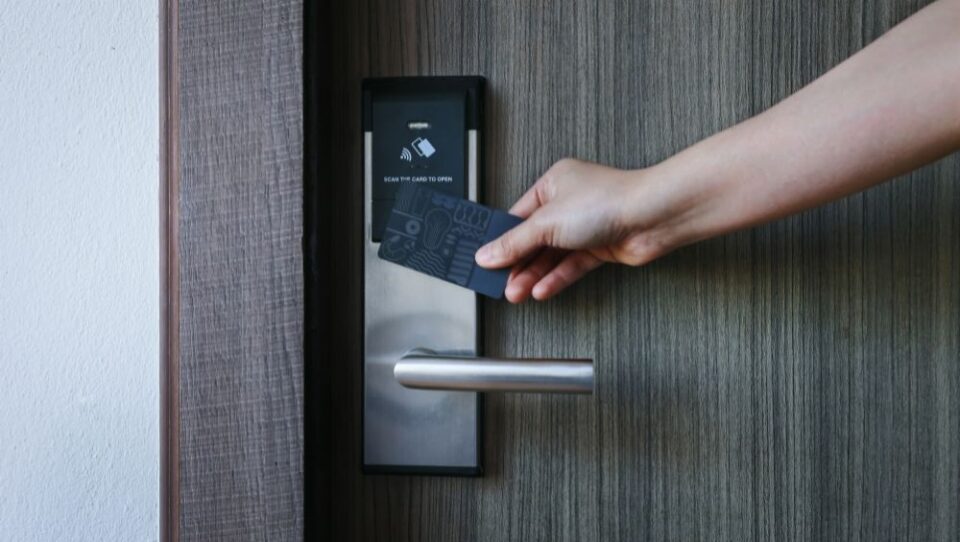
Securing Your Smart Lock: Essential Guidelines and Best Practices
Ensuring the security of your smart lock involves following crucial best practices. Key considerations include safeguarding your Wi-Fi connection and regularly updating the lock’s software. Adhering to these measures significantly enhances the security of your smart lock, allowing you to capitalize on its advanced features while maintaining a protected home environment.
Let’s delve deeper into these tips and best practices to empower you to maximize your smart lock’s security and shield your home from potential vulnerabilities.
Secure Wi-Fi Connection
Maintaining a secure Wi-Fi connection serves as a frontline defense against unauthorized access to your smart lock and bolsters overall home security. Here’s how to fortify your Wi-Fi network:
-
- Employ a robust password: Create a strong and unique password for your Wi-Fi network to prevent unauthorized access.
- Enable two-factor authentication (2FA): Implementing 2FA adds an extra layer of security, requiring an additional verification step beyond the password.
- Use a Virtual Private Network (VPN): Consider using a VPN to encrypt internet traffic, enhancing the confidentiality and integrity of data transmitted to and from your smart lock.
By implementing these measures to secure your Wi-Fi connection, you significantly mitigate potential threats and ensure the safety of your smart lock and home.
Regular Software Updates
Consistently updating the software of your smart lock is critical for optimal functionality and safeguarding against security vulnerabilities. Benefits of regular software updates include:
-
- Enhanced performance: Updates often optimize the lock’s functionality and responsiveness.
- Bug fixes: Updates address potential glitches or malfunctions present in earlier software versions.
- Security enhancements: Updates typically include patches that address known security vulnerabilities, bolstering the lock’s defenses.
- Introduction of new features: Updates may introduce additional functionalities or improvements to enhance user experience.
It’s imperative to regularly check for software updates and promptly install them when available. This practice ensures that your smart lock remains secure, operates efficiently, and benefits from the latest advancements.
By prioritizing a secure Wi-Fi connection and staying vigilant with software updates, you can maximize the security of your smart lock, fortify your home against potential risks, and fully leverage its advanced features with confidence.
Choosing the Right Smart Lock for Your Home
- Compatibility: Check compatibility with your door type and existing hardware. Some smart locks are designed for specific door types (e.g., deadbolts, mortise locks) or require specific door measurements.
- Connectivity Options: Evaluate the connectivity options offered by the smart lock. Consider whether it uses Wi-Fi, Bluetooth, Zigbee, Z-Wave, or a combination of these technologies. Wi-Fi-enabled locks offer remote access, while Bluetooth connections usually have a limited range.
- Power Source: Determine the power source for the smart lock. Most smart locks are battery-powered, so consider battery life and backup options to prevent lockouts due to power failure.
- Access Methods: Assess the available access methods. Smart locks offer various methods such as keypad entry, fingerprint scanning, smartphone app control, RFID cards, or voice commands. Choose a lock that provides convenient access while ensuring security.
- Security Features: Prioritize security features. Look for encryption protocols, tamper alerts, auto-locking capabilities, and two-factor authentication options to bolster security.
- Integration with Smart Home Systems: If you have a smart home setup, choose a lock compatible with your existing ecosystem (e.g., works with Alexa, Google Assistant, Apple HomeKit) for seamless integration and automation.
- User-Friendly Interface: Consider the ease of installation and usability. Opt for a smart lock with a straightforward installation process and an intuitive mobile app for easy management.
- Remote Access and Monitoring: Determine if remote access and monitoring are crucial for you. Some locks offer real-time notifications, access logs, and remote control through a smartphone app, providing enhanced convenience and monitoring capabilities.
- Budget and Warranty: Set a budget and compare the features offered within that range. Also, check the manufacturer’s warranty and customer support services for added assurance.
- Reviews and Reputation: Research customer reviews, ratings, and the reputation of the smart lock brand. Feedback from users can offer insights into reliability, durability, and overall satisfaction with the product.
Conclusion
Smart locks represent a pivotal leap forward in home security and convenience, offering a blend of technological innovation and practicality. Their ability to provide secure, keyless access and seamless integration with smart home ecosystems makes them a cornerstone of modern living. As these devices continue to evolve and improve, the future promises even more sophisticated and user-friendly solutions, further cementing smart locks as a cornerstone of modern security systems.
In conclusion, the advent of smart locks marks a transformative moment in the realm of security, offering a glimpse into a future where access control is seamlessly integrated with technological advancements. As we embrace these innovations, the evolution of smart locks continues to shape the way we safeguard our homes and businesses, fostering a safer, more convenient, and connected environment for all.
Read more: Smart Home Features That Are a Must-Have for Every Room-
-
-
Digital Wireless Keypad Nice Motor EDSWG
$159.09 (ex. GST)Please login to see trade price
Add to cart -
Sale!
Nice Era Digital Keypad
$168.36Original price was: $168.36.$168.36Current price is: $168.36. (ex. GST)Please login to see trade price
Add to cart -
-


